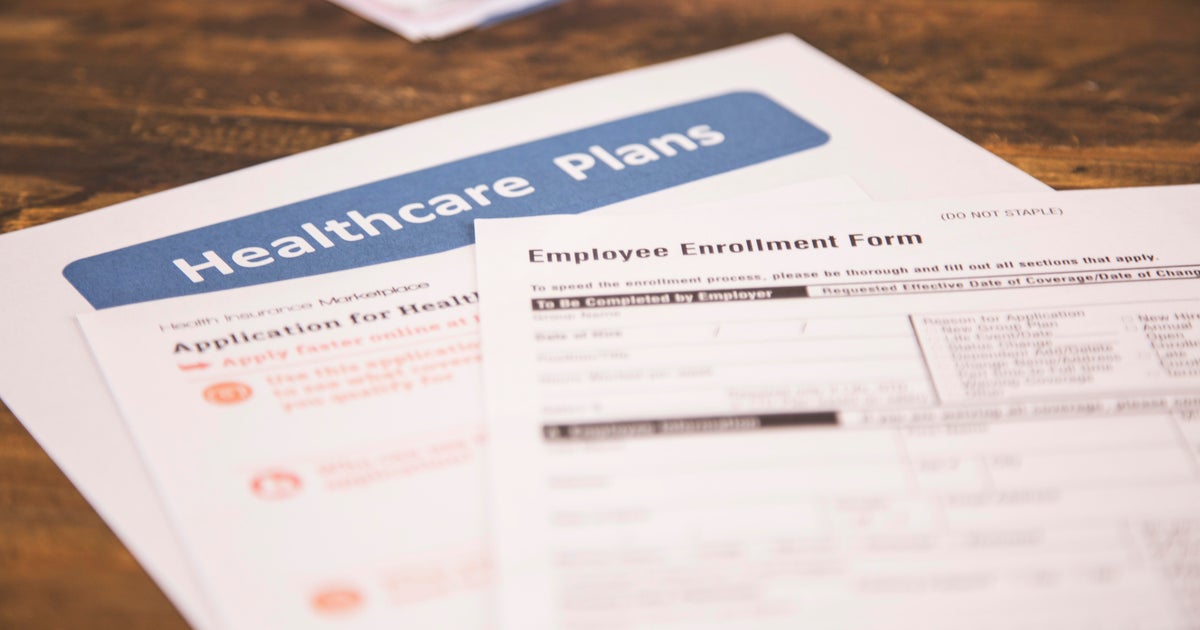Rising Health Insurance Costs
Open enrollment – the annual window in which employees can adjust their benefits – could provide a surprise effect this year. Workers are expected to pay between 6% and 7% more for their employer-sponsored health insurance starting in 2026, more than double the current rate of inflation. This increase could result in workers paying about $2,400 next year for individual coverage in an employer-provided preferred provider organization (PPO), the most common type of health insurance plan. Families would likely face payroll deductions of $8,900 per year for coverage.
Impact on Employees
More working-age Americans receive health insurance through their employers than any other source, with about 60% – or 164.7 million people – covered at their workplace. Companies that typically cover the bulk of their employees’ health insurance costs will likely spend an average of more than $18,000 on insurance for each worker in 2026. Employees typically pay between 16 and 25% of the total, depending on whether they receive individual or family insurance.
Factors Contributing to Increased Costs
The increase in health insurance costs is partly due to an aging workforce requiring more medical services, as well as increased demand for costly treatments. Employees "could also see an increase in cost-sharing provisions in the design – higher copays, higher deductibles – so it hits both sides." Health care prices are not expected to fall soon, citing higher provider salaries, inflation in medical supplies, and an older workforce as ongoing pressures.
Financial Constraints
Americans pay twice as much as residents of other developed countries for health care, even though outcomes in the U.S. are worse than in other countries. The complexity of the U.S. health care system is also driving up these costs. Increasing consolidation among health insurers has made the market less competitive, leading to higher costs. Higher health care costs could deepen financial constraints for many families already struggling with higher food, utility, and housing prices.
Affordability Concerns
Four in 10 insured adults under age 65 are worried about being able to afford their monthly health insurance. Many families may have to make difficult choices to afford health insurance, such as canceling family vacations or putting groceries on credit cards. The rise in health insurance costs is likely to continue, with the consumer price index expected to rise 3.1% annualized in September, up from the 2.9% annual rate in August.

